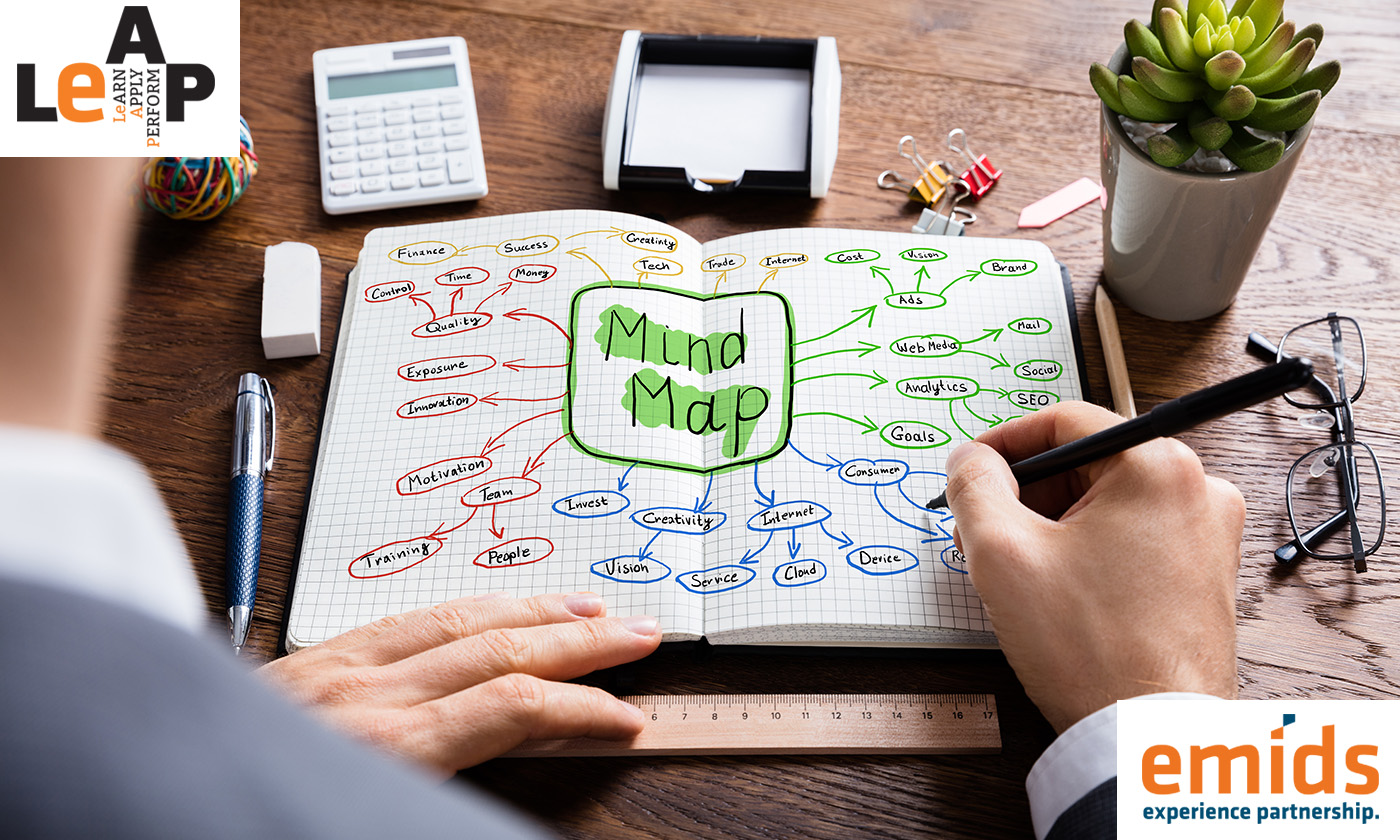In this age of information overload, wouldn’t it be great to have an assistant who could take notes, come up with creative ideas, help you learn better, and even solve problems for you? It’s easy to get yourself this assistant – the ‘mind map’.
A mind map is a simple diagram that represents information centered around a single theme. Unlike lists or outlines that follow a linear form, mind mapping follows your brain’s natural tendency to associate things with each other. In a mind map, a central theme will branch out into many associated ideas, which further branch out into other ideas. These mind maps can be made as broad or as deep as you want them to be. While the concept has been around for years, the term ‘mind map’ was popularized by author and thinking expert Tony Buzan in the 1960s.
While most people use mind maps for brainstorming, it can also be used for any kind of thinking or learning task, such as note-taking, problem-solving, planning, and goal setting. It can even be used in presentations to guide the audience towards specific discussion points. With all that versatility, mind maps can seem overwhelming to the beginner. These simple best practices can help you get started and get the most out of your mind mapping sessions.
Use pen and paper
There are a lot of mind mapping tools available online, but nothing beats pen and paper for sheer convenience and ease of use. Besides, the physical act of writing and drawing lets your brain process information and ideas differently, helping you get your breakthrough ideas faster. However, online mind mapping tools can come in handy when you are collaborating with others or trying to create knowledge banks.
Use keywords
Keep the words to a minimum, relying on keywords and simple phrases over longer sentences. This is because each word has a broad set of associations. Keeping each phrase short and independent helps the brain draw further associations and come up with ideas.
Keep it visual
Try using more images than words – this way, you engage the (sometimes) sparingly used left side of the brain. It also frees up the brain to spot otherwise unnoticed associations, which in turn strengthens the understanding of concepts and triggers more ideas.
Keep it colourful
Using the same colours to link connected ideas, words, and images, will boost the brain’s ability to remember concepts and create associations. It also makes a mind map about an uninteresting topic seem more interesting and is an effective way to get the audience’s attention when making a long or monotonous presentation.
As simple as the idea of mind mapping sounds, it is highly effective. It encourages lateral thinking, facilitates collaborative problem-solving, and helps present even difficult concepts in a highly visual, engaging manner — all very handy skills in a workplace that is demanding, fast-paced, and highly iterative.








